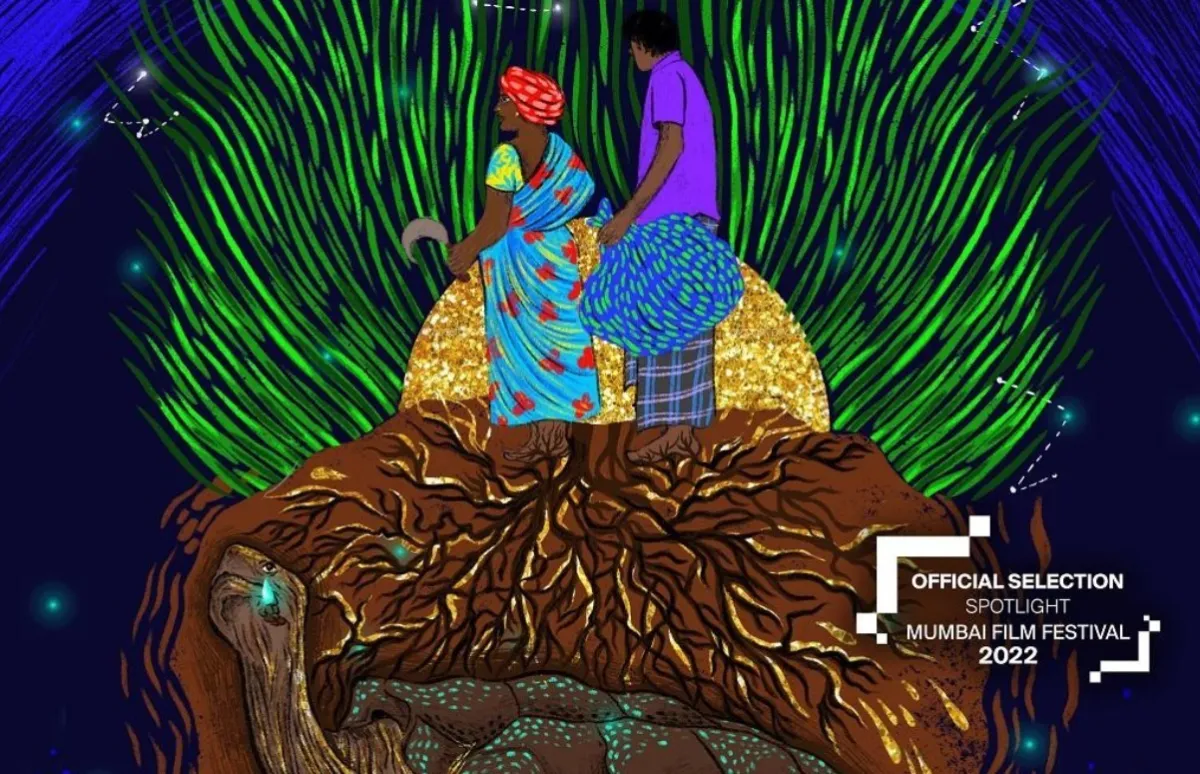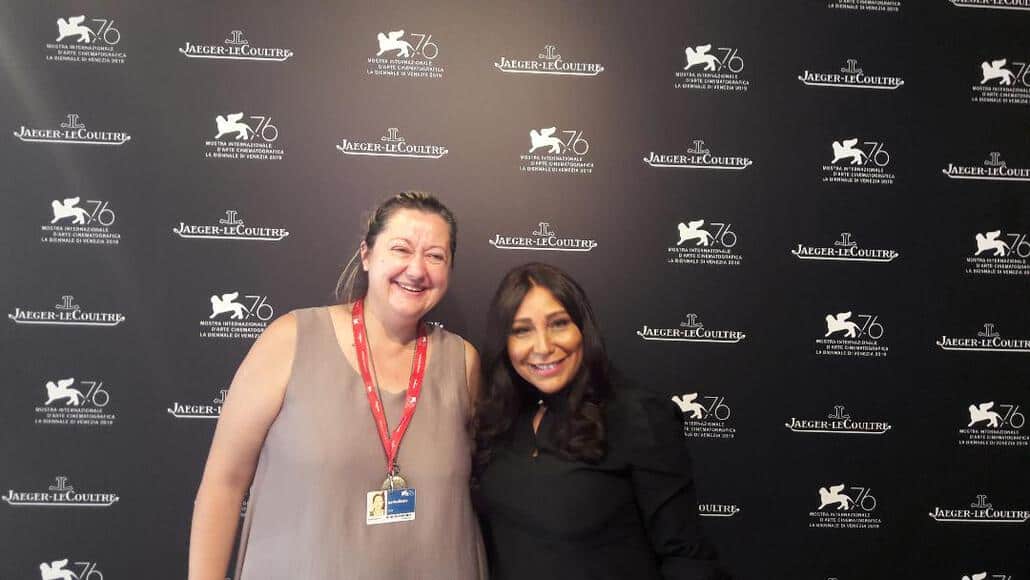Shishir Jha is a Mumbai-based filmmaker born in Bihar. He has graduated from the prestigious National Institute of Design (NID) with a Bachelor's degree in Film & Video Communication Design. He also attended the workshop of the late Abbas Kiarostami at EICTV (Escuela Internacional de Cine y TV), Cuba 2016. His short film was part of the anthology movie “Shuruaat Ka Interval”.
His debut feature, “Tortoise Under The Earth“, combines fiction with the engaged environmental documentary.
In a uranium mining area of Jharkhand, India, a tribal couple cope with the loss of their daughter. For them, the land and forest are witness to their daughter's memory. With great sensitivity and beauty, the film explores the deeply intertwined connections between tribal communities and the forest that is their traditional home. Deftly interweaving the vivid colours of their festivals, their folk songs and the sense of community that binds them together, Tortoise Under The Earth is a poetic elegy to a world that is rapidly disappearing, subsumed by unchecked development and displacement.
Taking the movie as the starting point, we talk about the importance not to rush, the impact of the development and shooting a story without a script.
What was so special in Santhals' folk tales that you decided to research a subject and make a movie about it?
The stories' mainly focus is on the relationship between humans and nature, particularly with trees, animals, rivers, mountains, and wind. These stories have been narrated in a simple yet profound manner, leaving a mystical impression on the mind. The relevance of these stories extends beyond any particular ethnicity and is universally essential, particularly in the current political and environmental situations.
What is your relationship with nature?
Nature communicates without the need for language or knowledge, allowing me to experience the most immediate form of communication with my body and soul. I have gained my intuition from nature, and I enjoy its vastness and rhythm. It purifies the soul and allows you to question, wonder, and trust.
Was the reality of Santhals' life different from your expectations based on research?
The harsh reality of mining's impact on communities has been more challenging than the poetic and mystical imagery from the folk stories. Witnessing the consequences first-hand has allowed me to empathize with those affected on a deeper level, and it has been a disturbing and painful experience that has left a lasting impression on me. It's also devastating that not much is happening to change their fate. There are small protests and some NGO interference, but they have minimal impact.
Check the review of the film
How was the process of working on the scenes?
Despite staying in the area for a year and covering a distance of almost 100 km there and around, we were shooting only for 30 days. We allowed each scene to evolve, without relying on a script. We focused on filming what the surrounding environment offered, not imposing any significant alterations. The majority of the scenes were based on the recent or past experiences of our protagonists, Jaganath Baskey and Maugli Baskey. Sometimes I was writing something during shooting and it was very intuitive and organic. I intended to go with their energy rather than imposing any ideas on them. I accepted what they offered me and they were guiding me. To provide the story with a clear direction and a smooth flow, we incorporated a few fictional sequences, just a few subtle interventions. Like the scene when villagers are leaving and the jeep of the officials announcing the notice to vacant the village. All the fair and festival scenes are authentic. I waited for it to happen. Everything becomes a part of the story when you don't go with a bound script. The film developed organically with the passing of each season. The landscape and the people around us also played an active role in the story's progression and contributed to the overall storyline.
You don't know the Santhals' language. How is it to shoot a movie in a language you don't understand?
Yes, I neither speak nor understand the Santhali. It was a new culture, and tradition to me, despite they live in a neighboring state, just a few hundred kilometers away from my hometown in Bihar. They were like foreigners to me. I took an intuitive and visual approach to the film while shooting.
Did you communicate with your protagonist through an intrapreneur or in some other language?
Jagarnath Baskey was able to speak and understand Hindi, which is the national language and one that I also speak and understand. However, Maugli Baskey could only communicate in Santhali. Therefore, I mostly communicated with Jagarnath Baskey, who would then convey my feelings to Maugli Baskey if necessary. Additionally, our sound recordist, Binod Hansda, was also from the same area, which made it easy to translate any situations or conversations that needed to be understood. Before shooting any scene, we would often have extensive conversations about the experience that I was planning to shoot. I would not reveal what we would be shooting next, but sometimes Jaganath Baskey and Maugli Baskey would suggest a scene and we would film it. They were equally involved and contributed to the filmmaking process, and we became very intuitive with each other. Time gives a shape and form and structure to the cinema. It's very important not to rush.
You are an outsider. How did you gain the trust of the community to be able to shoot there and show their stories?
Initially, it was difficult. I began my journey in the remotest part of the area, where the people spoke only their native language, Santhali, which made communication a challenge. For months, I aimlessly visited these villages and could only observe the general atmosphere from afar. Then I met Jeetrai Hansda, a popular local activist and theatre actor, who belonged to the Santhal community and was working to strengthen it. Together, we started visiting villagers, allowing us to observe the community very closely. Being frequently seen with him also helped me gain the community's trust. By visiting the same places repeatedly over time, I eventually gained acceptance and was able to engage more fully with the community.
How did the choice of the particular format (a movie which is partly a documentary, and partly a fiction) help you to achieve your goals?
I did not have a fixed budget to film and I wanted to tell a story, hybrid format allows you to tell the story in a low budget and also it retains the truth. Cinema is all about time. With the progression of time, landscapes, people, and politics take part in your story and it becomes an organic process. It is more fulfilling and satisfying, you create stronger connections with people, you belong to them and eventually, it becomes your experience. A spiritual experience.

How did you manage to gather funds and convince the producers? A movie without a script and actors doesn't sound like a money-bringing magnet.
Humara Movie has previously produced my short films, so there's an established relationship and trust between us. They're familiar with my working style and have always been very supportive. However, I created a rough cut of 15 minutes and screened it for them. This helped to strengthen the trust, and from there everything proceeded smoothly. When it comes to this kind of film, having trust is of the biggest importance.
What are the biggest challenges of development? How important are sustainability and environmental awareness?
Development is indeed necessary for the progress of humankind, but it is important to recognize that it should not come at the expense of human values and well-being. While physical development such as infrastructure, economic growth, and technological advancement are important, it is equally important to prioritize the social, cultural, and environmental aspects of development. Every individual and community should be equally valued and their unique needs and priorities should be taken into account during the development process. Unsustainable development practices can have severe consequences on the environment and the communities that rely on it for their livelihoods. The beginning of anything is awareness.
.















